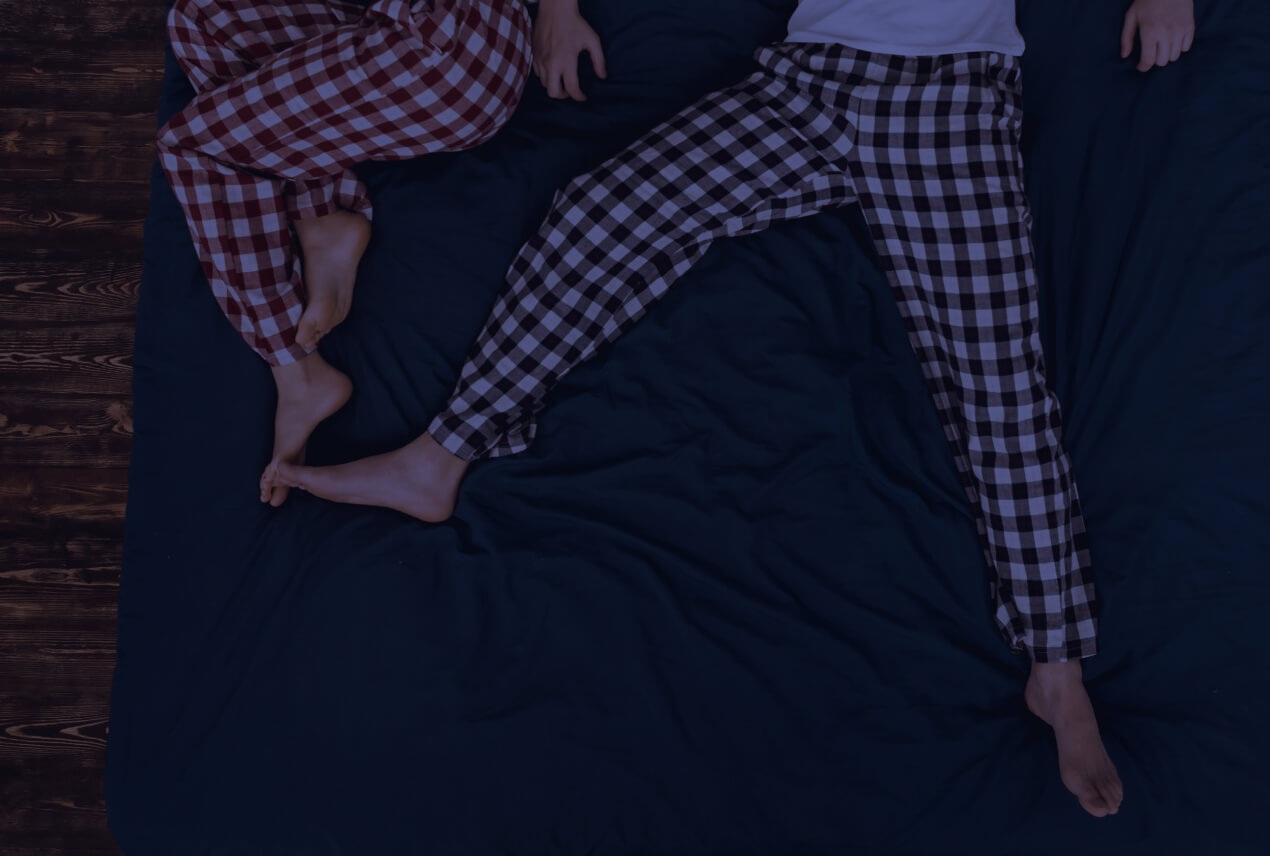Restless legs syndrome (RLS) is also known as Willis-Ekbom disease. It's a widespread condition that affects the nervous system and gives you an overwhelming urge to move your legs (and other body parts).
This condition affects about 7 percent to 10 percent of people in the United States. The symptoms of RLS can lead to exhaustion, which can have a further effect on mood, concentration, performance and relationships.













